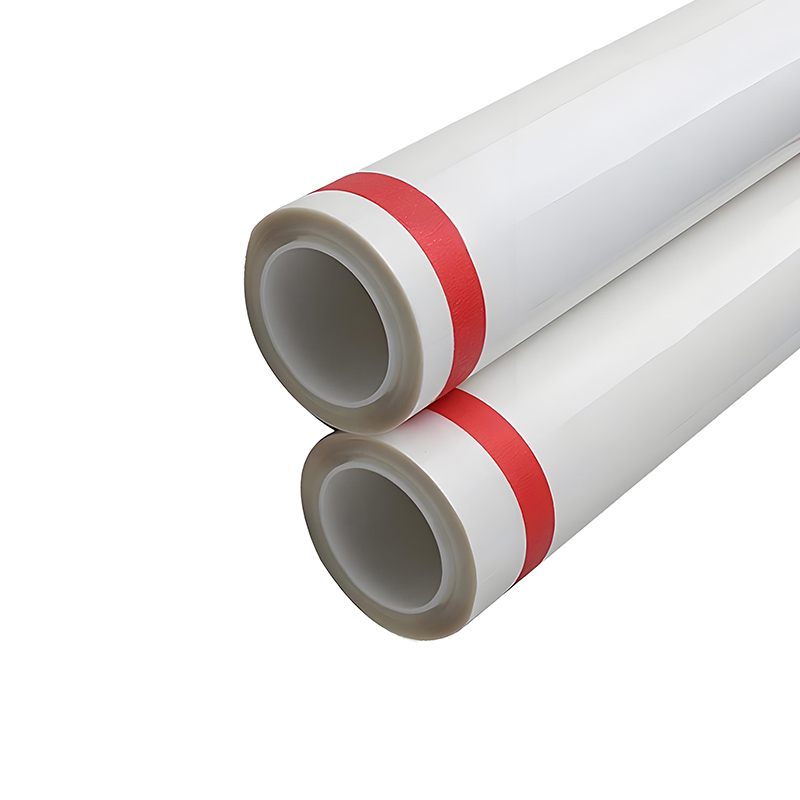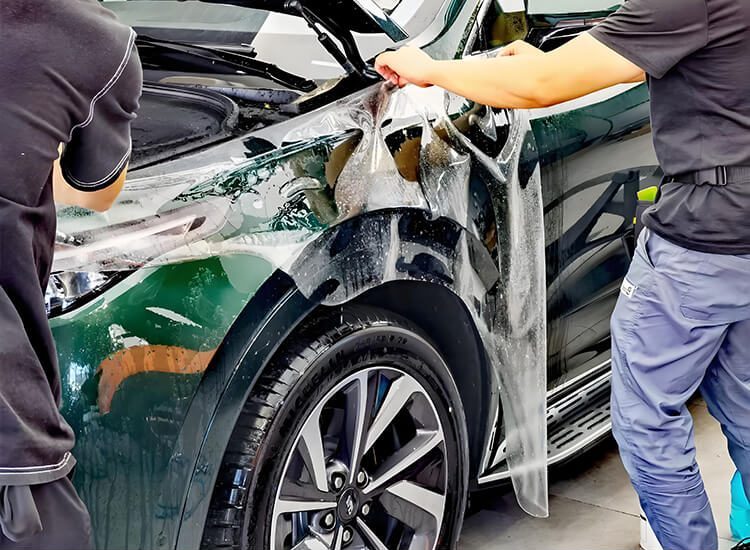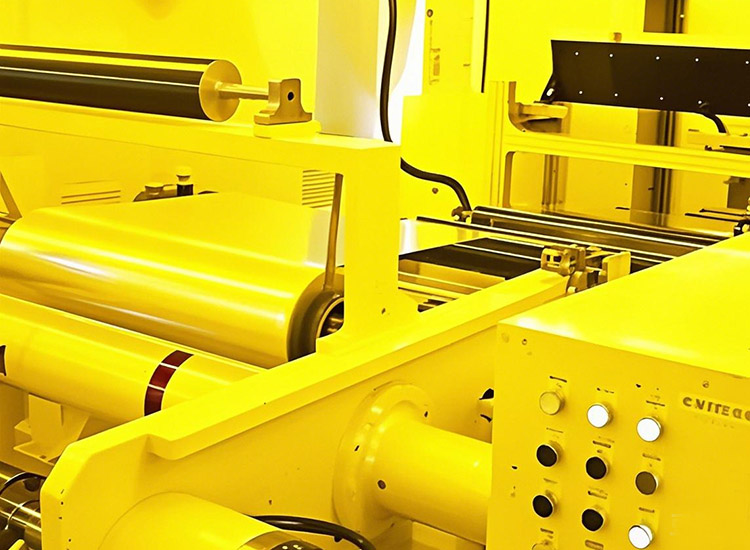Is Paint Protection Film Worth the Money? Real-World Pros & Cons
Thinking about protecting your car’s paint but unsure if the investment is worth it? Paint Protection Film (PPF), also known as “Clear Bra,” has become a go-to solution for car owners who want long-lasting shine and defense against daily wear. But is paint protection film worth the money, or just another auto trend? This guide breaks down the real-world pros and cons of PPF, how it works, how much it costs, and whether it’s truly necessary for your vehicle — especially if you own a luxury model, drive daily, or plan to resell your car in the future.
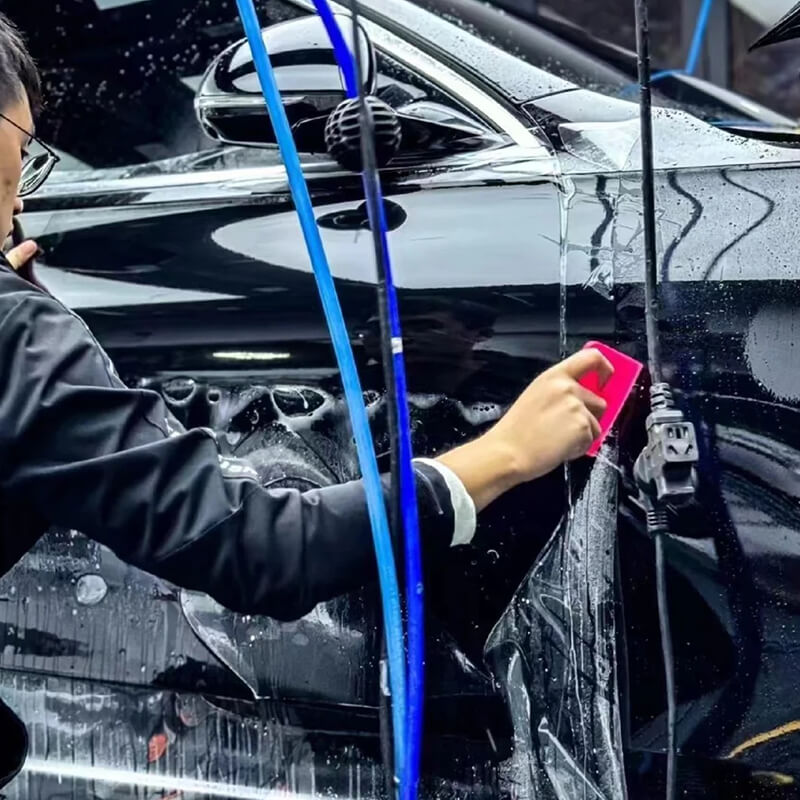
What Is Paint Protection Film and How It Works?
Paint Protection Film (PPF) is a clear, thermoplastic urethane film that’s applied to the surface of a car to protect the paint from chips, scratches, bug splatter, bird droppings, road salt, and even UV damage. Originally developed for military use, it’s now widely available for civilian cars and trucks under brand names like XPEL, 3M, STEK, and others. The film is virtually invisible and often comes with self-healing properties — meaning minor swirls or light scratches disappear with heat or sunlight exposure.
When properly installed, PPF forms a tight seal over your vehicle’s paint, offering a near-permanent barrier against the elements. It’s particularly popular among owners of luxury cars like Teslas, BMWs, and sports cars who want to maintain their car’s showroom look for years. You can explore more about the various Paint Protection Film materials available on the market to see which one suits your needs best.
Is Paint Protection Film Worth the Money?
This is one of the most common questions among car enthusiasts and everyday drivers alike. The short answer? It depends on your vehicle type, usage, expectations, and budget.
Let’s break it down:
- Daily drivers: For those who use their vehicle every day, especially on highways or in cities with lots of debris, is clear bra worth it for daily drivers? Absolutely. It helps reduce paint damage, and therefore, the need for costly repairs or repaints.
- Luxury or performance cars: Is PPF worth it for Tesla, BMW, or high-end vehicles? Yes, because maintaining pristine paint directly affects resale value and owner pride.
- Lease vehicles: Wondering is PPF necessary on a leased car? If you want to avoid return penalties for cosmetic paint issues, the answer may be yes — especially for long-term leases.
For a closer look at the pros, cons, and real effectiveness of this technology, check out this detailed guide on Paint Protection Film including use cases and performance factors.
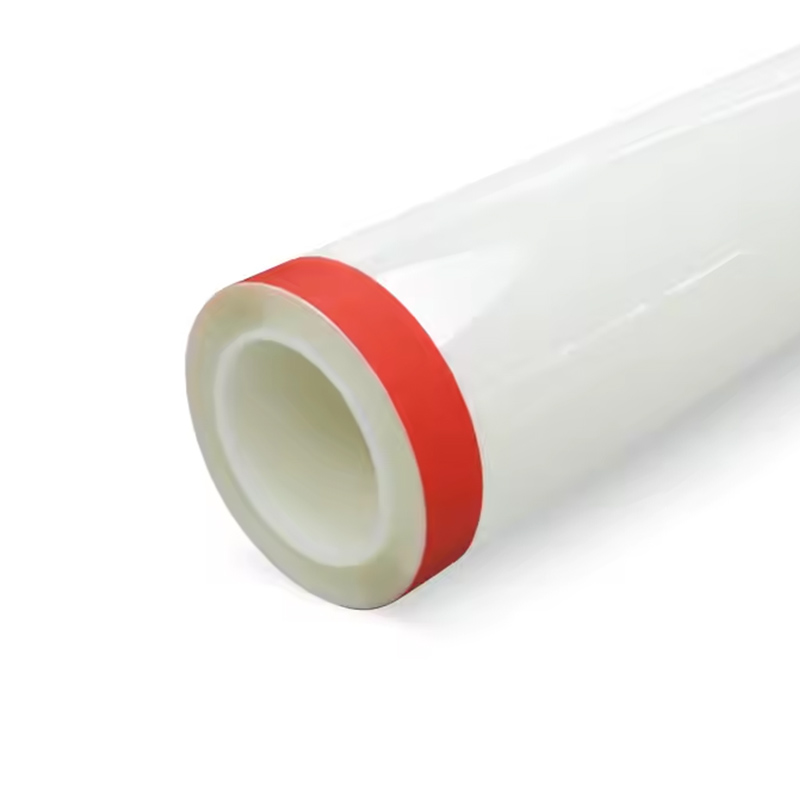
Paint Protection Film: Pros and Cons
Pros
- Self-Healing Technology: Minor scratches fade with heat exposure.
- UV & Chemical Resistance: Shields against yellowing, fading, bird droppings, and road salt.
- Preserves Paint Quality: Helps maintain showroom finish for longer.
- Increases Resale Value: Cars with clean original paint often sell for more.
- Warranty Options: Most high-end PPF products come with 5–10 years of warranty.
Cons
- High Initial Cost: Full car coverage can cost between $1,500–$6,000+.
- Not DIY-Friendly: Requires professional installation for best results.
- Can Yellow Over Time: Low-quality films may discolor after years of exposure.
- Not Bulletproof: PPF protects from minor damage, not deep dents or major accidents.
Searching “paint protection film pros and cons reddit” will return hundreds of real experiences — both glowing and critical. Be sure to cross-check professional reviews and customer feedback. Also, learn more about how automotive PPF differs from other paint protection solutions in long-term driving conditions.
Paint Protection Film Cost vs Benefit
The price of a PPF installation depends on several factors:
- Vehicle size and shape
- Partial vs full coverage (e.g., front bumper only vs full body wrap)
- Brand and thickness of the film
- Skill level and reputation of the installer
So, how much does PPF cost vs benefit? Here’s a rough guide:
- Partial front-end PPF: $500 – $1,200
- Full front-end: $1,200 – $2,500
- Full car wrap: $3,500 – $6,000+
Still unsure about pricing? This article breaks down the numbers by use case: PPF coating cost— and whether the protection is worth the investment for you.
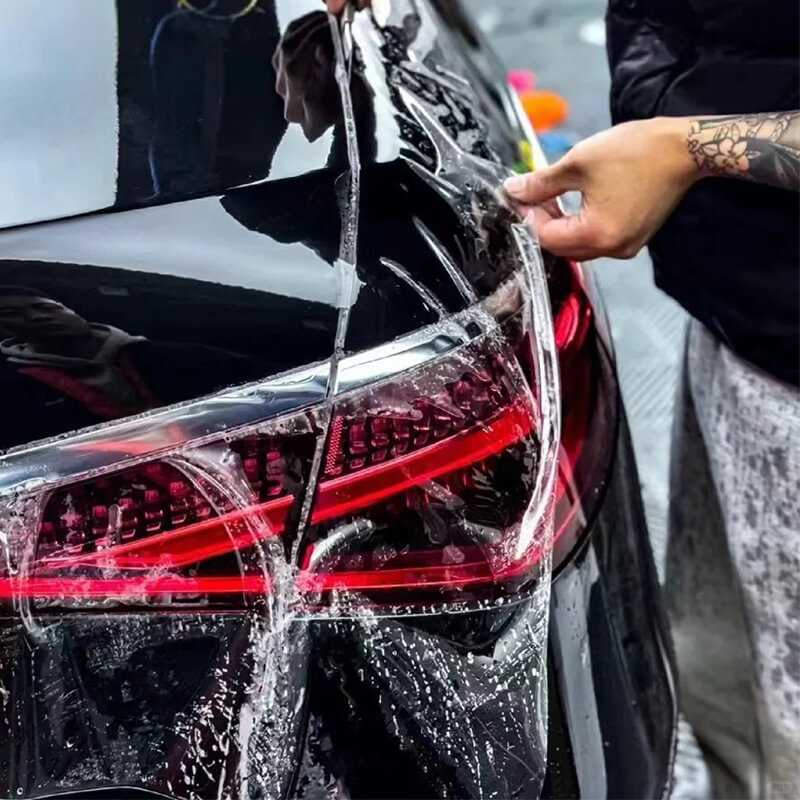
PPF vs No PPF – A Real-World Comparison
Let’s say you bought a brand-new car and skipped the protection. Within six months of regular driving, your hood has chipped, your bumper has scratches from parking mishaps, and swirl marks are appearing. Paint correction may cost a few hundred dollars each time, and repainting panels may run up to $1,000+ per area.
Now, imagine you had installed a protective film for car paint. Those chips and scratches would be absorbed by the film instead of damaging your paint. We save both time and cost in long time . If you’re unsure about how much coverage your specific vehicle might need, this helpful calculator shows exactly how much paint protection film you need based on car model and driving habits.
Paint Protection Film vs Ceramic Coating: Which Is Better?
This is another common debate: Is ceramic coating better than PPF? The answer? They’re different tools for different jobs.
- PPF: Offers physical protection against chips, scratches, and abrasions.
- Ceramic coating: Enhances shine, makes washing easier, and offers chemical and UV protection, but no impact resistance.
For many drivers, the best solution is to apply PPF to high-impact areas and top it with a ceramic coating for ease of maintenance. It’s not a matter of PPF vs ceramic coating — it’s about using both strategically for optimal results.
Paint Protection Film: Long-Term Review & Durability
Users often ask: Does paint protection film really work in the long run? The answer is yes — if you choose a reputable brand and certified installer. PPF can last anywhere from 5 to 10 years, maintaining its clarity and protection throughout if properly cared for. Curious about exact durability? Here’s a guide to understand how long paint protection film lasts and what affects its lifespan.
Be cautious of low-cost options. Cheap films may yellow, peel, or bubble over time. Always verify warranty terms and request samples before committing.
Should I Get PPF on a New Car?
This is arguably the best time to install paint protection film. Why?
- Clean Surface: The film bonds better and looks more seamless on untouched factory paint.
- Full Protection from Day One: Prevent damage before it happens.
- Better Resale: A well-maintained exterior increases your car’s market value years down the line.
Many new car owners search “should I get PPF on a new car” right after purchase — and for good reason. It’s a proactive investment.
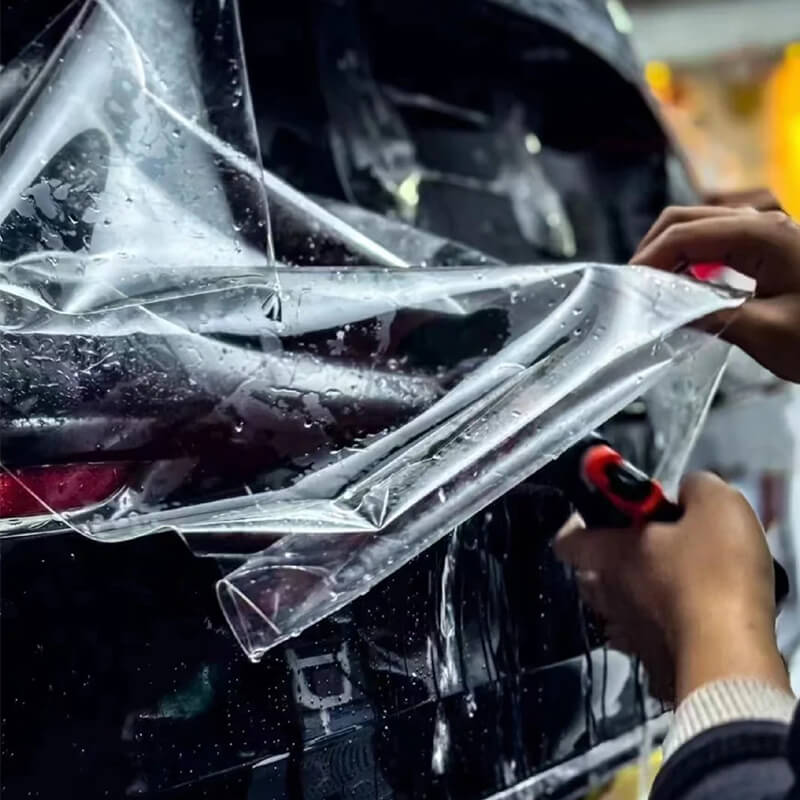
Is Paint Protection Film Worth It?
For most car owners, especially those with new, expensive, or frequently driven vehicles, paint protection film is absolutely worth the money. It provides tangible benefits in terms of durability, aesthetics, and resale value. However, like all investments, its value is maximized when you understand your usage and choose quality materials and installation.
If you want your vehicle to look better for longer while saving on long-term paint repairs, PPF is a smart and proven choice.
FAQs
- Is paint protection film worth it for Tesla?
Yes. Tesla’s soft paint is notoriously prone to chips, making PPF almost essential for many owners. - Does paint protection film increase car resale value?
Yes. Vehicles with original, well-maintained paint typically sell for more. - How long does PPF last?
High-quality PPF can last 5–10 years with proper care and maintenance. - Can I apply PPF and ceramic coating together?
Yes. This is a common combination that maximizes both physical and chemical protection. - What’s better: PPF or ceramic coating?
They serve different purposes. PPF protects against impacts; ceramic coating protects against chemical damage and makes cleaning easier.
